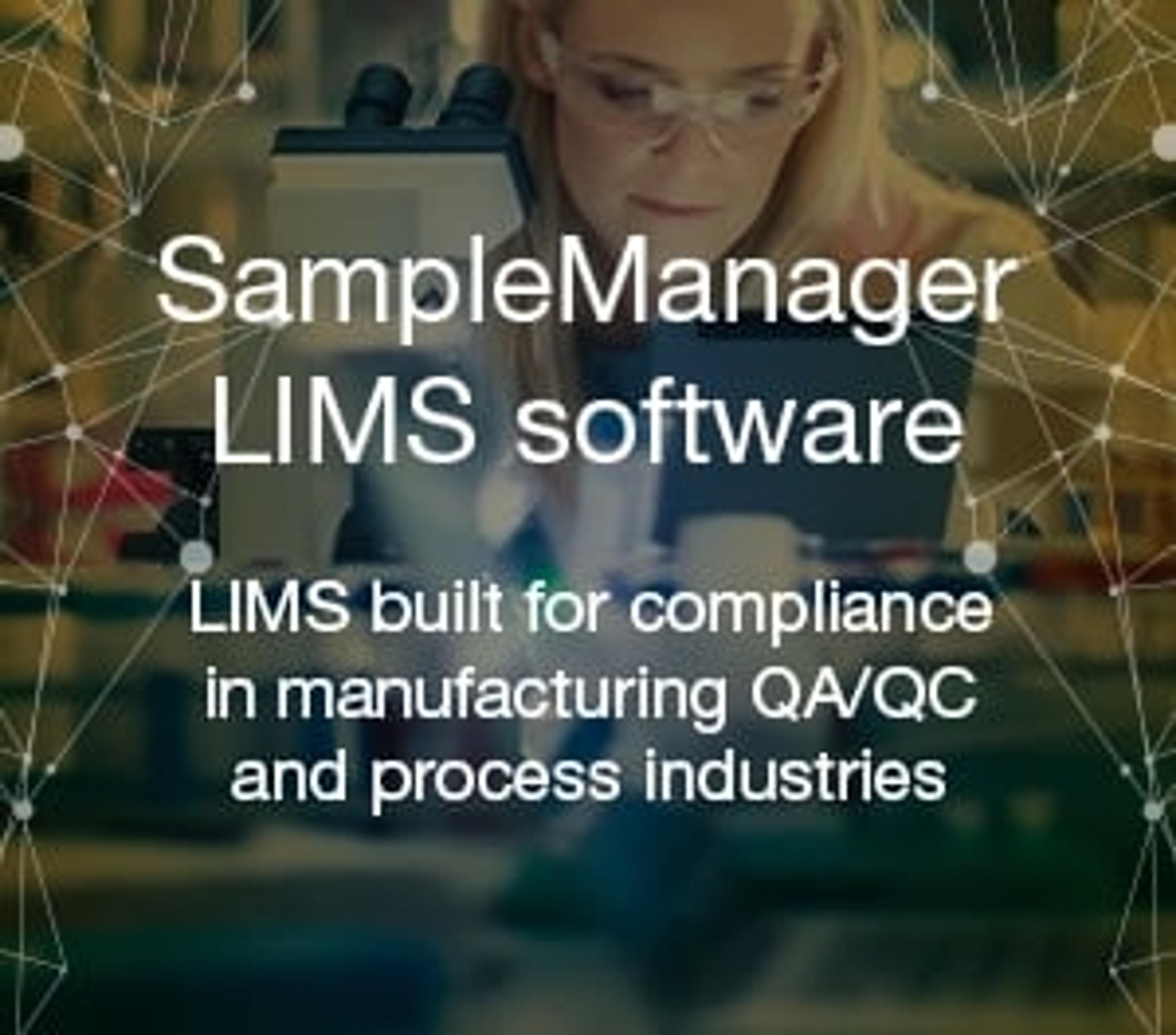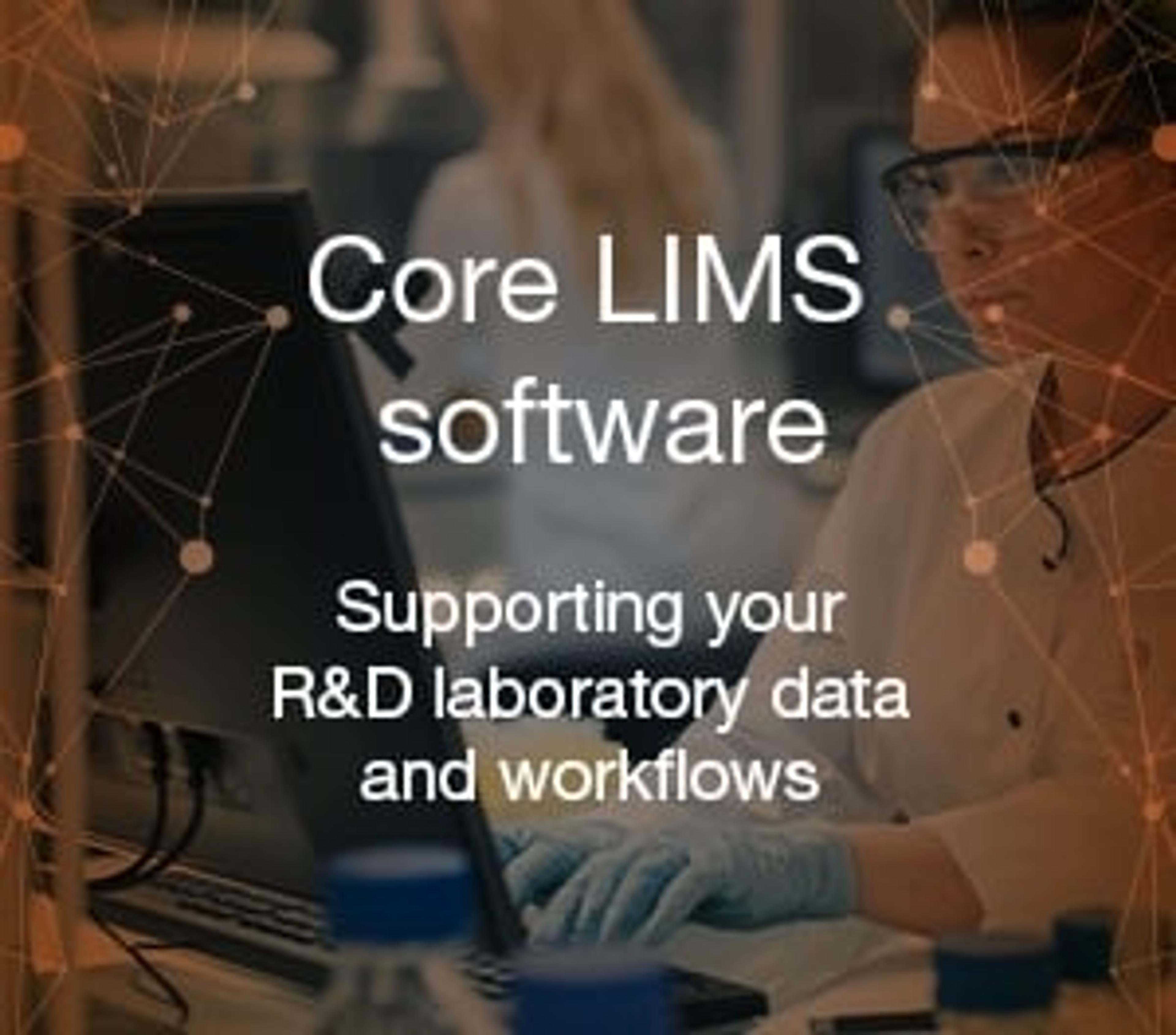Automated science to create the Lab of the Future
Watch this on-demand webinar to discover digital solutions, lab automation, and technological advancements that are paving the way for laboratory productivity and innovation
4 Jul 2021

Scientific and technological advancements continue to drive scientific organizations towards a complete digital transformation. These developments emphasize the importance of automated science.
The automation of processes, workflows and data enables laboratories to reduce downtime, increase stability and optimize efficiency. Automation provides the time and space for laboratories to focus on innovations and improvements, which is crucial to their success. Automated science – through digital solutions, lab automation, and artificial intelligence – is critical to accelerating laboratory productivity and unlocking innovation.
In this on demand webinar, Ian Yates, Director of Enterprise Science & Innovation Partnerships Thermo Fisher Scientific, explains how technology-driven strategies can promote success and how automated science is a key driving factor. This webinar is the first of our 10-part webinar series, The Orchestrated Lab, being run in partnership with Thermo Fisher Scientific.
Watch on demandRead on for highlights from the live Q&A session or register to watch the webinar at a time that suits you.
Q: For people who are just starting out on the journey to automated science or digital transformation, what do you suggest as the first step?
IY: It’s really about understanding where one's starting the journey, mapping the current state of the digital or automation structure within the organization. That really informs what the first steps should be. Before rushing headlong into any transformation, know where you're starting and really think about where you want to get to.
Q: Can you share any lessons or takeaways from delivering the Amplitude Solution in the face of an urgent need?
IY: My biggest takeaway was really the power of collaboration in the face of a unique and common goal. It was incredible to work at a company of the scale of Thermo Fisher Scientific and see how everybody was able put everything to one side and work together to achieve a common goal.
There are lessons we've also tried to take away as we move past the pandemic, such as how do we maintain that speed of scale. That’s really important for us as we deliver solutions for our customers, especially being a large company.
The other big takeaway from Amplitude was the automation and the hardware by itself gets you so far, but it's really when you combine that with the digital infrastructure and result interpretation that delivers the productivity and the efficiency gains. It's not enough to focus on one aspect of the solution.
Q: You mentioned voice-enabled technology. Do you think that will become a common interface in labs?
IY: I use voice technology for certain things, but I find it doesn't work for everything.
I could imagine saying, "Tell me the status of my system. How long is left to run?" But for other parts of interacting with automation and digital transformation I find a visual would be much more important. I don't think there will be any one technology that really, but a combination of technologies, like voice-enabled, immersive technologies, visual, digital twins. It comes back to the human-centric nature of digital transformation and providing interfaces that work for those particular people in those situations.
Q: Do you see digital twins being used to aid collaboration between companies as well as helping scientists in their lab?
IY: We are starting to see that customers want to see the same kind of access to data as they would have if they operated the manufacturing facilities themselves, because they know the data is available. It’s really about enabling that transparency and collaboration. I see digital twins driving that collaboration between companies, vendors and customers.
Q: As the lab of the future becomes more real, the risk is that technology is moving faster than budgets and investment cycles. How do you see vendors like yourself, Thermo Fisher Scientific, supporting organizations' continuous improvement in this exponential period of change?
IY: That’s one of the big aspects of my role here at Thermo Fisher, driving collaborations to try and get a view of where things are going in the two, three, four-year time cycle, so we can make sure that we're building the products and services that we'll need.
It's a valid question because the annual budget cycle is probably not going to cut it anymore. We really value that voice from customers and looking at different ways of managing these digital science and automation engagements.
Q: Are hacking and cyber-attacks a concern with procedures specified in your presentation, and are there methods to help prevent things like this?
IY: I should clearly state that I am not an expert in cybersecurity. We have the same concerns from a lot of our customers who have very proprietary information around new medicines and the work that they're doing.
All of our solutions adhere to very strong compliance certificates, to make sure that we’re secure. It’s also why companies offer both on-premise and cloud solutions. On the other hand, that data needs to be managed very, very securely and you need utmost confidence that there is not a high chance of a breach.
There are solutions that companies like us put in place to make sure that data is secure even when it's hosted on the cloud.
Q: How can cost and time cycle be reduced through automation?
IY: By using automation, you can be more confident in your results, and get it right the first time.
That's really important when you have research distributed over a number of facilities, or you have different technicians running the science. While automation will continue to generate the improvements in speed and throughput, it will also generate big productivity benefits by just getting the quality and reproducibility right. Plus, having all that data about which instrument was used, when it was used, was it calibrated. That's a good example of quality, you have that audit trail of the data, making it more valuable.
Q: What do you see as the biggest challenges associated with driving digital transformation?
IY: The first challenge is mapping where you're starting from – it can be a bit of a messy place. Lots of legacy systems, different groups, potentially lots of companies that have been acquired to form one company. It can be overwhelming at first, because it really is quite a heterogeneous starting point.
The second challenge is a cultural one, and that's helping the team see the benefits of digital transformation and bringing them along for the journey. We need to make sure the people that will be driving the digital transformation and the people that will be impacted by it become part of the force for change. I think sometimes companies overlook that and just look at all the benefits that the technology will bring and leave the people behind.
Learn more about The Orchestrated Lab series and register your place for upcoming webinars.
SelectScience runs 10+ webinars every month, discover more of our upcoming webinars>>


